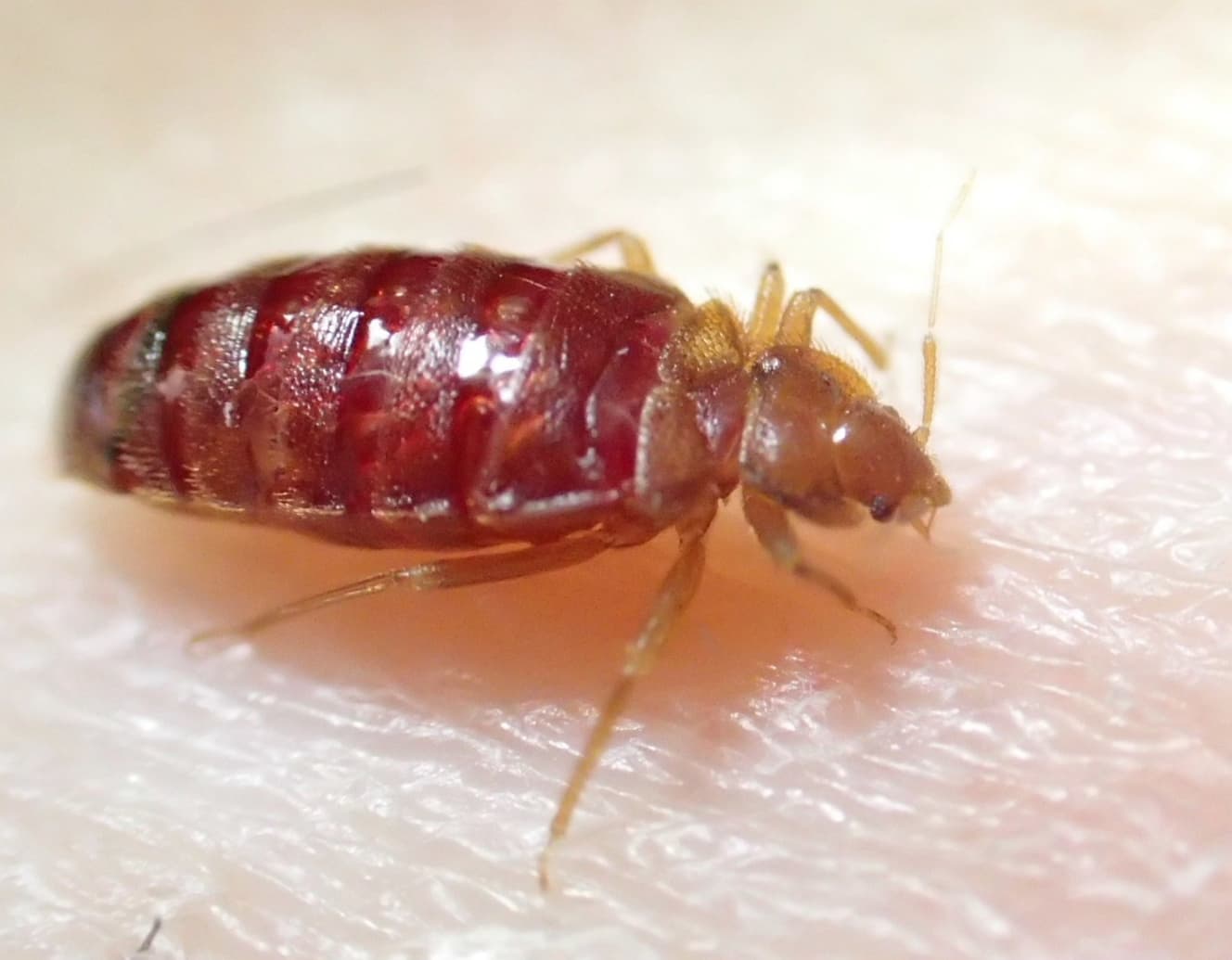Also in Korea! Super Whitefly” increases its damage by “re-entering” Japan…sucking human blood and “reproducing eternally”.
If the infestation spreads, it can cost up to 100,000 yen to “exterminate” them!
We receive extermination consultations from people who have been told they have bed bugs because of itching after traveling abroad, or who have imported furniture from overseas and found them attached to it,” says Mr. Shogo Ishida of Sharing Technology, which operates “Pest Extermination 110.
It is not only ordinary residences that receive extermination consultations and requests. We also receive requests from facilities used by large numbers of people, which increases the scale of our extermination work.
The number of requests has not increased significantly, but we are noticing cases where they are breeding in large numbers. For example, when our staff checked a nursing home after receiving a request that it might have bed bugs, they found that the infestation had already spread to several rooms, not just one room.
Even in private homes, there are many cases where the owner thought it was only in the bedroom, but when he checked, he found bed bugs in other places such as the living room and the bathroom.
Before exterminating bed bugs, visually check the bed bug habitat. After that, we use insecticides effective against bed bugs and heat from a high-temperature steam steamer to exterminate them.
Commonly available pyrethroid insecticides are not effective against super bed bugs. Therefore, we use organophosphorous and carbamate insecticides, which are very effective. Also, given their propensity to hide in crevices and the fact that they lay eggs, it is more effective to wait a week or so before exterminating them again.
The cost of extermination will be high if the infestation is large by the time it is noticed. However, if extermination is kept to a minimum out of concern for the cost, even a single “remnant” will repeat the process of reproduction.
The average cost is about 100,000 yen. By the time the presence of bed bugs is noticed, the infestation is often so large that careful investigation and extermination are necessary, and the cost becomes prohibitive. If the scale of the infestation is large, as in the case of the nursing home mentioned earlier, the cost can run into the hundreds of thousands of yen, so there is nothing better than finding out early before the damage escalates.”

Dr. Natsuaki, mentioned above, has seen the slowly increasing number of bed bugs and is wary of a future pandemic in Japan.
He said, “Now that the new coronas have calmed down, many travelers from abroad are visiting our country. It is expected that bed bugs will continue to spread in accommodations, and it is possible that Japanese who stay in the same room may bring them back home. The more people travel domestically and internationally, the greater the possibility of a pandemic like the one in France,” said Dr. Masaru Natsuaki, Department of Dermatology, Hyogo Medical University.
When you return from your trip, you may have to bring some unexpected “souvenirs” with you. Although it is difficult to completely prevent bed bug infestation, it is advisable to see a dermatologist as soon as possible if you notice any abnormalities on your skin after your trip.
Masaru Natsuaki is a professor at Hyogo Medical University. He is a professor at the Department of Dermatology, Hyogo Medical College Hospital, where he diagnoses and treats skin diseases. Specializes in skin diseases caused by insect bites, contact dermatitis, and atopic dermatitis. He is a board-certified dermatologist by the Japanese Dermatological Association and a board-certified Kampo specialist and advisor by the Japanese Society of Oriental Medicine. He has long been studying harmful arthropods that cause skin diseases. He is the author of “Dr. Natsuaki’s Clinical Illustrated Guide to Insects and Dermatitis, Revised Second Edition” (Gakken).
Interview and text by: Yoko Nemmochi
Editor and writer, born in Yamagata Prefecture in 1983, worked for 10 years in the editorial department of a health information magazine, editing monthly magazines and web media before becoming a freelancer. Currently, she interviews, plans, and writes about doctors and specialists, focusing on healthcare and medical fields.